On Monday, South Korean President Lee Jae-myung met President Donald Trump in the Oval Office in his first official visit to Washington. Just a few hours before the meeting, Trump posted on social media, “WHAT IS GOING ON IN SOUTH KOREA? Seems like a Purge or Revolution. We can’t have that and do business there.”
In what seemed to be in reference to the prosecution of Lee’s predecessor and conservative rival who was impeached last April for invoking martial law, Lee’s first meeting with Trump appeared to be heading toward a train wreck. However, in his opening remarks, South Korea’s new leader immediately showered Trump with effusive praise. He lauded Trump’s penchant for peacemaking and called on Trump to bring peace to the Korean Peninsula. Overall, the Trump-Lee meeting was a success, especially for Lee. It reaffirmed seven decades of alliance partnership and shored up Lee’s legitimacy in the eyes of Washington policymakers. However, the meeting still left several issues wanting. Here are three questions and takeaways from the Trump-Lee meeting:
1. To what extent were trade and economic issues addressed during the Trump-Lee meeting?
The summit meeting came to fruition only after Washington and Seoul struck a trade deal on July 30. The deal reduced U.S. tariffs on South Korean exports from 25% to 15%, while South Korea offered $350 billion in investments from Korean companies to the United States, including $150 billion in shipbuilding cooperation and $100 billion in liquefied natural gas (LNG). Although South Koreans were expecting to hash out further details, few specifics were offered beyond Trump’s mention of “dealing with South Korea” on the development of an LNG pipeline in Alaska and the importance of cooperation on shipbuilding. Trump did allude to South Koreans requesting a renegotiation on tariff rates, but claimed that the U.S. team “stuck to their guns.”
A large delegation of top business leaders also followed Lee to Washington, including executives from Samsung, Hyundai, SK, LG, and Hanwha, to reinforce bilateral economic cooperation in areas such as semiconductors, shipbuilding, batteries, and energy. Topping new deals, Korean Air announced it would purchase $50 billion in new Boeing airplanes and GE aircraft engines shortly after the summit. Following the summit, Lee visited the Philly Shipyard, which is considered the centerpiece of the bilateral “Make American Shipbuilding Great Again” project, to highlight Hanwha Group’s $150 billion investment to revive the U.S. shipbuilding sector.
2. How did the two leaders address the North Korea issue in their meeting?
Both presidents made clear their ambition to improve relations with North Korea through diplomacy, despite North Korean leader Kim Jong Un having yet to respond directly to resuming diplomacy with either country. While Trump touted his “great relationship” with Kim and expressed hope for a future meeting, Lee buttered up Trump by calling him a “peacemaker” and asking him to play a role in “establishing peace on the Korean Peninsula.” Lee went on to bless a future meeting between Trump and Kim and mused about the “construction of a Trump Tower in North Korea and playing golf at that place.”
Lee and Trump were aligned on restarting engagement with North Korea, but details remained thin on advancing diplomacy with Pyongyang or establishing steps to achieve denuclearization. Despite Trump signaling a willingness to coordinate with Lee to address the North Korea challenge, Pyongyang may not accept Seoul’s inclusion in negotiations. Kim Yo Jong, the sister of North Korean leader Kim Jong Un, flatly rejected diplomacy and the “appeasement offensive” of South Korea. Lastly, Moscow’s expanding military and economic support for Pyongyang, and North Korea’s gradually improving relations with Beijing, will likely be obstacles to progress. If Trump’s exclusion of Ukrainian President Volodymyr Zelenskyy from his recent summit with Russian President Vladimir Putin offers any lessons, Lee must continue emphasizing South Korea’s indispensable value as a constructive partner for long-term peace.
3. Where does the U.S.-South Korea alliance stand following this summit?
Lee proved to his conservative detractors that the U.S.-South Korea alliance remains robust under progressive leadership. His flattery of Trump worked like a charm, leaving the U.S. president with a positive impression of South Korea. As Trump stated at the press conference, “We’re going to get along great (with South Korea) because … we really sort of need each other. We love what they do. We love their product.” Lee’s message about past alliance bonds and a future advanced technology alliance also reaffirmed the centrality of U.S.-South Korea relations in his foreign policy.
Lee also played it safe with Trump by steering the conversation toward topics that he and Trump would find alignment on, such as peace on the Korean Peninsula and reengaging Kim Jong-un. What is less clear is how the two leaders or their respective foreign policy and national security teams navigated more sensitive political issues, such as increasing South Korea’s alliance burden share, reducing the number of United States Forces, Korea (USFK), adopting “strategic flexibility” to enable USFK to participate in contingencies outside of the Peninsula, and navigating U.S.-China competition given Lee’s interest in improving ties to Beijing.
On the surface, the U.S.-South Korea alliance remains robust following the Trump-Lee summit. But efforts to “modernize” the alliance to deter China and reengage North Korea may require more fine-tuning under the hood.
The Brookings Institution is committed to quality, independence, and impact.
We are supported by a diverse array of funders. In line with our values and policies, each Brookings publication represents the sole views of its author(s).
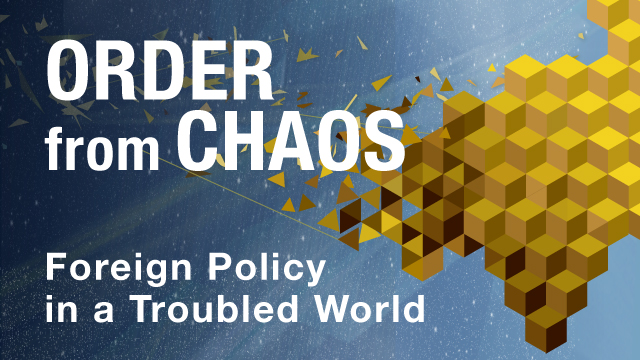
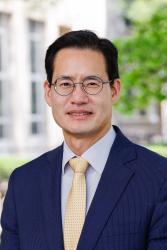

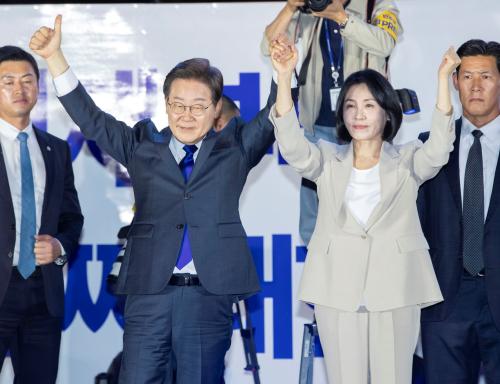
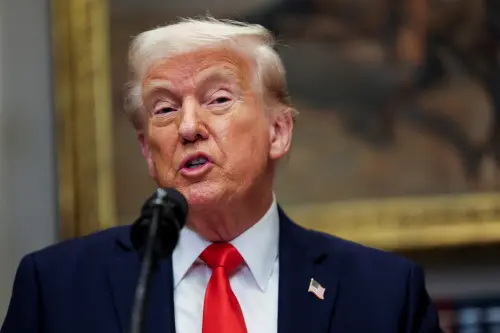
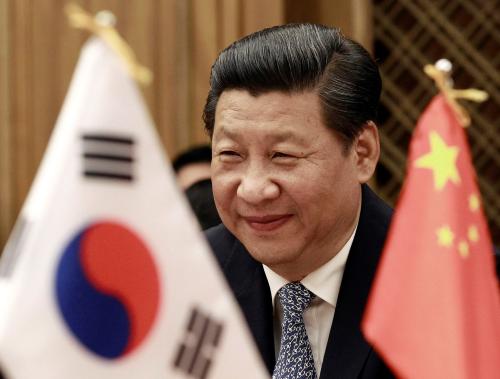
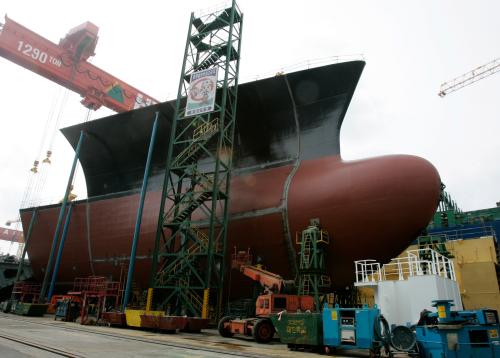
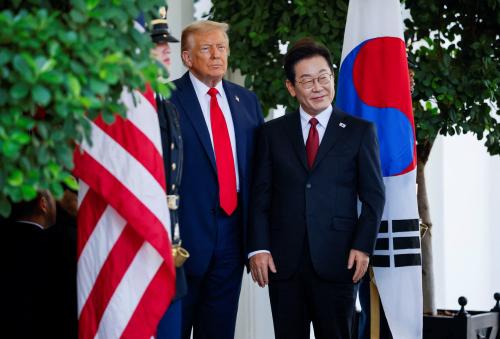
Commentary
The art of the alliance: 3 takeaways from the Trump-Lee summit
August 28, 2025